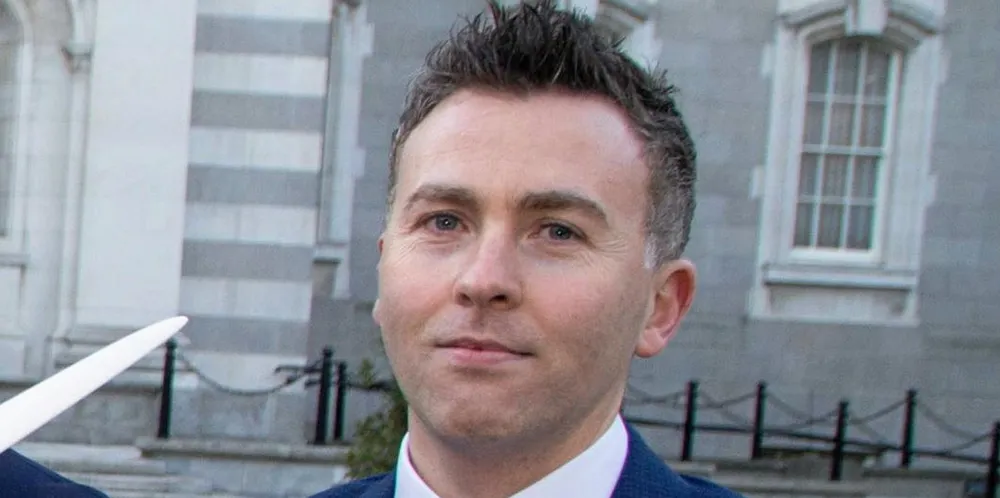'We'll be Ireland's offshore wind leader': national champion ESB hunts partners for a green boom
INTERVIEW | Sector chief Paul Lennon believes state utility can be at forefront of nation's charge into wind at sea – but won't be doing it alone, he tells Andrew Lee
